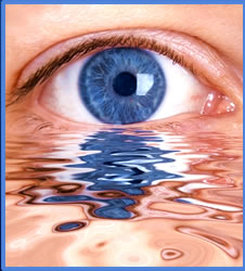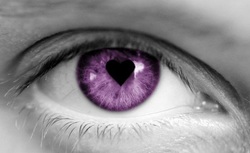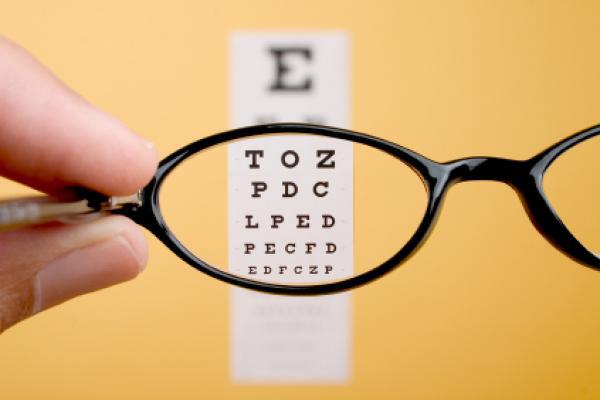| I love shocking people in the exam chair. And a sure fire way to do it is to tell a lifelong nearsighted person they got better. They never believe me until I tell them why and how they got better. You see nearsighted people hate going to the eye doctor because it is almost a guarantee that they are going to get the bad news of “you got worse” or “we need to add some more power to your contacts”. I have good news for all you young nearsighted people. It eventually gets better. Women in their early thirties and men in their late thirties will virtually always get a little less nearsighted. The reason is because the lens inside your eye continues to grow from the time you are born til the time you die. It has new cells laid around it like an onion every year. And around mid 30′s the increased thickness of the lens leads to a farsighted shift in vision. So if you are nearsighted you become less nearsighted but if you are farsighted you become more farsighted. | "I can't believe |
|
0 Comments
 Melanin is a brown pigment granule that is in everyone’s body except albinos. It is responsible for skin color and eye color. The more melanin you have in your skin the darker you are. Likewise, the more melanin you have in your iris the darker they are. Blue eyed people have very little melanin in their iris and brown eyed people have a lot more. Green and hazel eyes are in between. People ask me all the time how does brown pigment make your eyes look blue? This is where it gets a little more scientific. There are different layers of the iris. A layer in the front of the iris is called the stroma and a layer in the back is called the epithelium. Blue eyes and brown eyes have the same amount of pigment in the epithelium. But if the stroma cells have very little pigment then the shorter blue wavelength of light interacts much more than red wavelengths and the blue light radiates throughout the iris causing it to look blue.  The mechanism of pupil constriction and dilation is regulated by the autonomic nervous system, which is also responsible for other uncontrollable reactions like goose bumps and heart rates. Inside the eye, the dilator and the sphincter muscles play the iris tissue like an accordion to the tune of light. Then again, the sun isn't the only thing orchestrating when the pupils open and shut. Humans' inborn fight or flight response, triggered by the parasympathetic nervous system -- a subset of the autonomic nervous system -- also manifests in our irises. When fear strikes, the pupils expand to heightened attention and focus. Pupils will also pop when we experience emotions on the sunnier end of the spectrum like love or happiness. It has been shown that men even translate that response into viewing larger pupils as more attractive or beautiful. Italian women in the Middle Ages recognized the beauty endowed by wide-open pupils, they would dilate their own eyes with belladonna. Unfortunately, the plant secreted not only the chemical atropine, which draws back the irises, but also a toxin that would deteriorate these women's eyesight and possibly poison them. Since atropine has long been identified as a toxin, optometrists use a synthetic derivative to dilate patients before examining their eyes. |
Academy of Eye CareWe want to provide you with information about your eyes and keep you updated on what we are doing. Archives
September 2013
Categories
All
|

 RSS Feed
RSS Feed
